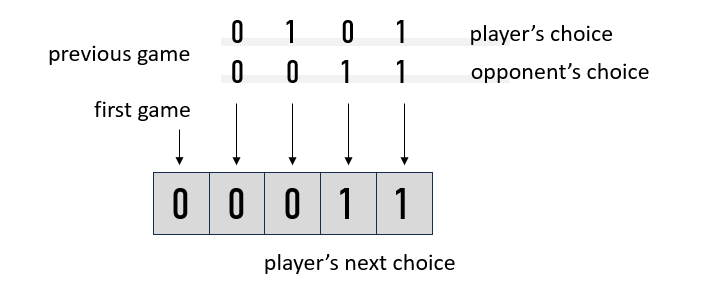Supacheck Quick Start Guide
Common Security Issues
Understanding these security vulnerabilities can help you build safer websites
Our Scanning Process
How our dynamic scanning works and why it matters.
Step 1
Load your website content and data
We begin by crawling your website to gather all accessible pages and assets.
Our advanced web crawlers navigate through your entire website, capturing HTML, JavaScript, CSS, and API endpoints. This comprehensive data collection phase builds a complete map of your web application's structure and content, allowing us to conduct thorough security analysis in subsequent steps.
Step 2
Scan for major API leaks
We analyze your codebase to identify exposed API keys, tokens, and credentials.
Using pattern recognition and contextual analysis, our scanner detects API keys, access tokens, and credentials that may be inadvertently exposed in your frontend code. This critical step identifies high-risk security vulnerabilities that could allow attackers to access your third-party services and sensitive data.
Step 3
Scan for missing security headers
We evaluate your HTTP response headers to detect missing security configurations.
Our system checks for essential security headers including Content-Security-Policy, X-XSS-Protection, X-Frame-Options, and more. Proper implementation of these headers is crucial for protecting against common web vulnerabilities such as cross-site scripting (XSS), clickjacking, and other injection attacks.
Step 4
Scan for public databases
We search for exposed database instances and unprotected data storage.
Our scanner identifies any publicly accessible database connections, storage buckets, or data endpoints that lack proper access controls. This step is essential for preventing data breaches, as exposed databases are among the most common sources of large-scale information leaks and security incidents.
Step 5
Test database configurations
We analyze database setups to identify security misconfigurations and vulnerabilities.
Our system checks your database configurations for common security issues such as default credentials, excessive permissions, unencrypted connections, and outdated database versions with known vulnerabilities. This detailed analysis helps prevent unauthorized access to your most valuable asset—your data.
Step 6
Calculate an overall score
We compile findings into a comprehensive security score with actionable insights.
Using a weighted scoring algorithm, we evaluate the severity and impact of discovered vulnerabilities to generate your overall security rating. The final report includes prioritized recommendations for remediation, clear explanations of risks, and specific code examples to help your development team quickly address identified issues.
.png)




